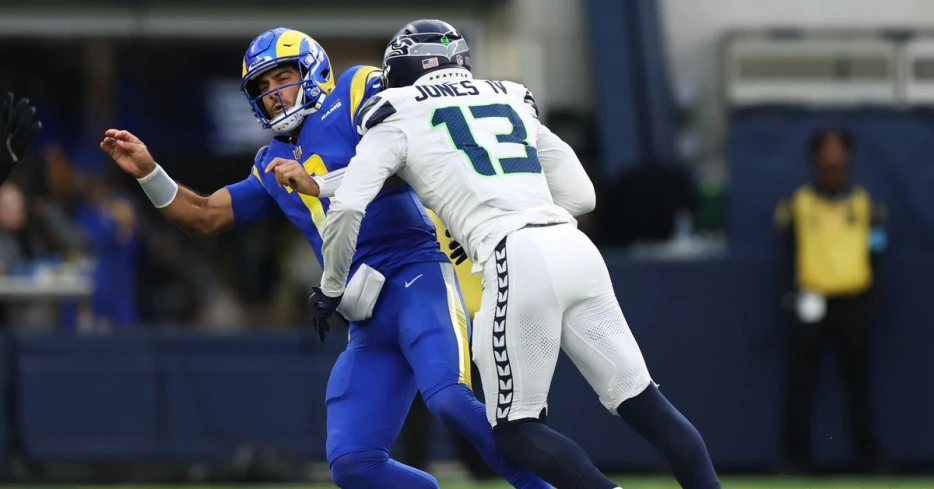
 Field Gulls
Field Gulls
Yes, the salary cap coming in higher than expected means the Seahawks won’t need to free up as much cap space, but it means free agent contracts are likely to come in well above where many fans above where many fans anticipate.
The big news across the NFL on Wednesday was the report that the league has informed teams that the 2025 salary cap should fall in the $277.5M to $281.5M range, which is higher than most had anticipated. As a result of this report, teams like the Seattle Seahawks, who had been predicted to be in the range of $13.5M over the cap won’t need to free up nearly as much space, while teams like the New England Patriots and Las Vegas Raiders will have somewhere in the neighborhood of $100M of to put to work, per OverTheCap.com.
However, the big question for many Seattle fans is what the increase means in terms of the size of contracts players will sign in free agency in a few weeks and what the impact will be on those players who are set to hit the market. The short answer is that those players who are set to be free agents are very likely to sign contracts which constitute outsized increases relative to the increase of the salary cap, and here are a couple of explanations behind the why of that fact.
The most simple explanation is that when the cap increases, it doesn’t just increase for a single season, it increases for future seasons as well since in the three decades it has existed it has only decreased as a result of specific, outside factors. Thus, when the salary cap comes in $7M higher than anticipated in a single season, it means many teams look at that $7M increase as existing across the current season as well as future seasons, impacting multi-year contract negotiations.
Translating that to a real world example, many teams negotiating a three year contract would look at a cap increase that is $7M more than anticipated as a cumulative increase of $21M over the proposed contract window. So, say a team is negotiating the aforementioned hypothetical three year contract with a free agent linebacker and the team is offering $36M over three years and the player is asking for $45M over three years, the player’s agent is going to argue that the $9M difference between the two sides is more than covered by the unexpectedly large increase in the cap of $21M over the duration of the cap, meaning the team should step up its offer because the entirety of the difference would be covered by what is effectively free money the team hadn’t been anticipating.
There are, of course, plenty of holes that can be poked in that argument, but it only takes one GM to agree in order for the free agent linebacker to be signing the three-year, $45M contract.
Taking a deeper dive into exactly why...